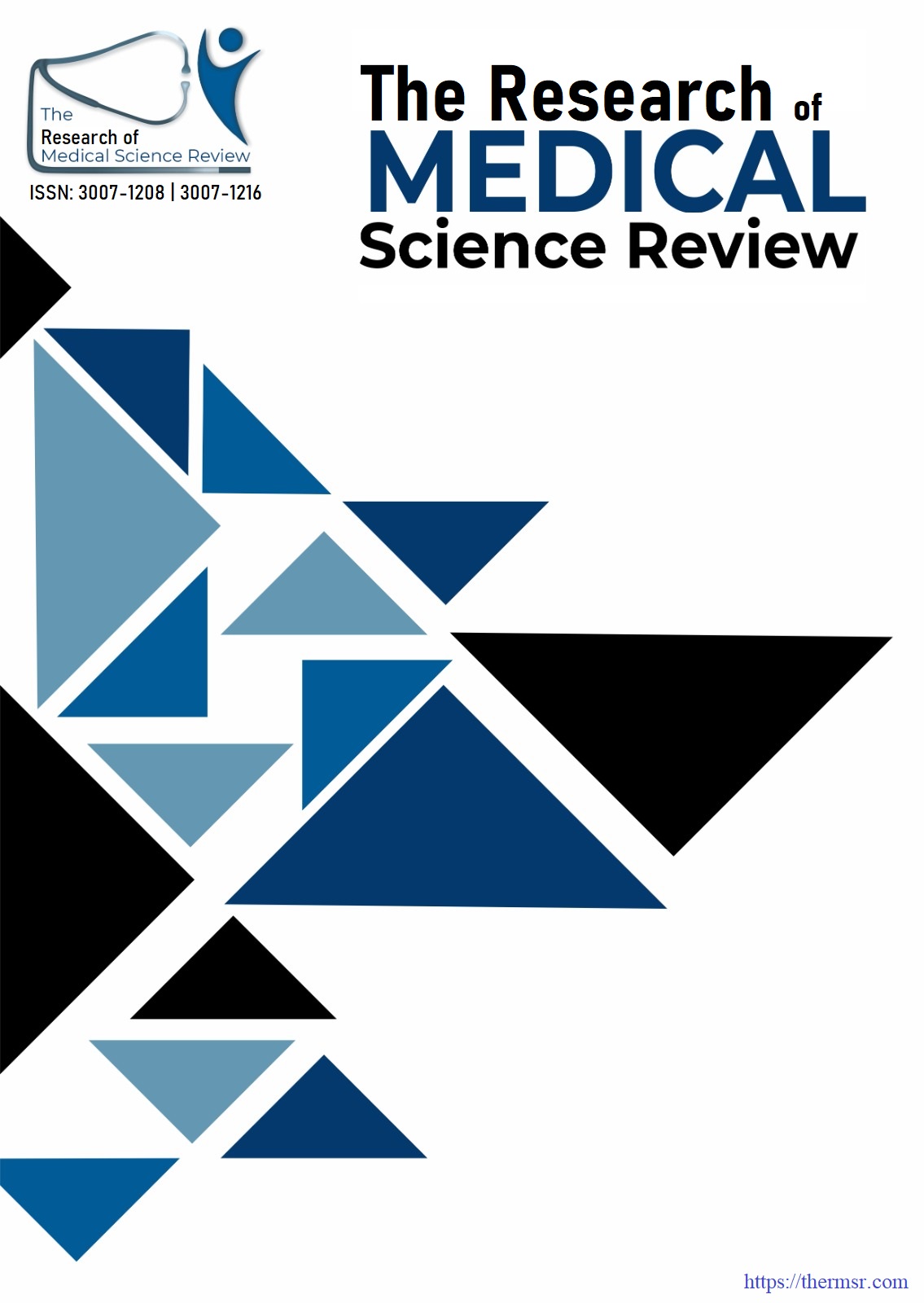EFFECT OF EDUCATIONAL INTERVENTION ON QUALITY OF LIFE IN CHILDREN WITH INHERITED HEMOLYTIC ANEMIA
Keywords:
Educational Intervention, Quality of Life, Inherited Hemolytic AnemiaAbstract
Objective: To evaluate the impact of educational intervention on the quality of life of children diagnosed with inherited hemolytic anemia, focusing on improvements in knowledge, health practices, and overall well-being.
Methods: An experimental design was conducted at children hospital Lahore, involving caregivers of children diagnosed with inherited hemolytic anemia. The educational intervention comprised structured sessions focusing on understanding the disease, its management, and strategies to enhance the quality of life for affected children. A two group’s base study was conducted using standardized measures to assess its impact on the child's quality of life.
Results: The research revealed that a substantial proportion of mothers were between the ages of 29 and 38, had completed secondary education. Furthermore, a significant number of affected children were in the 1-3 age range, mostly boys. The intervention group (10.83+1.669). Regarding child quality of life, the control group scored (52.48+11.228), whereas the interventional group scored (70.13+11.279), with a p-value less than 0.05.
Conclusion: Improved caregiver knowledge positively influences the management and quality of life outcomes for affected children, highlighting the importance of educational initiatives in chronic disease management. Further research is warranted to explore long-term impacts and sustainability of such interventions in diverse healthcare settings.
Downloads
Published
Issue
Section
License

This work is licensed under a Creative Commons Attribution-NonCommercial-NoDerivatives 4.0 International License.















